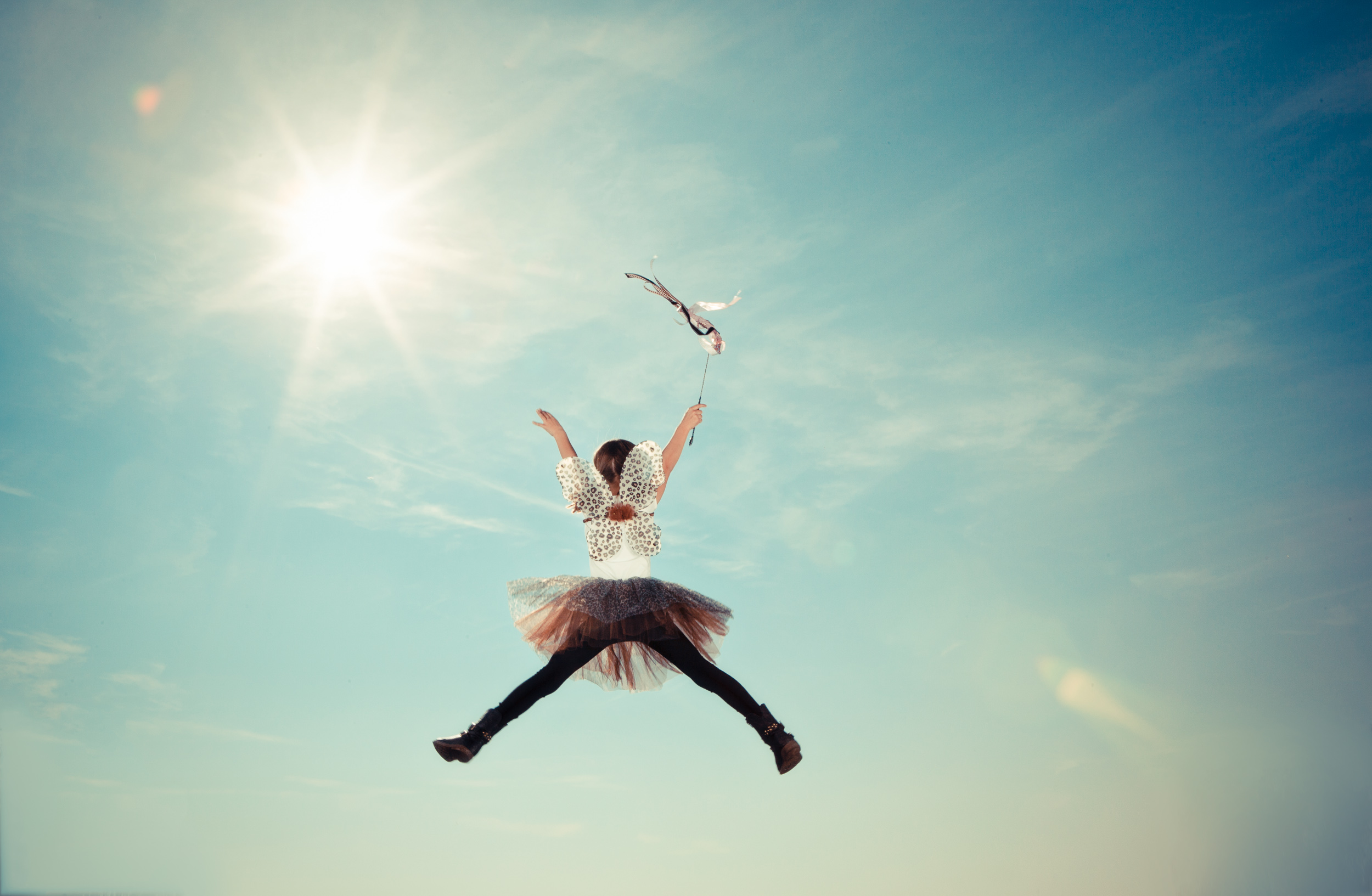Light makes photography possible. Controlling the camera’s exposure to light and making sure there’s enough light for a decent composition makes a good photograph possible. Amateurs to experts basically depend on the presence of light in various degrees to capture a desired effect or quality for an image.
Students of photography training courses take extensive time and effort to perfect the practical aspects of light management and techniques of lighting.
Talking about lighting, one can easily identify two broad classes of light sources; outdoor and indoor. Outdoor lighting includes sunlight and moonlight (light which is not manually controlled) and indoor lighting involves a manual lighting arrangement controlled artificially.
The practical concepts of lighting and its application is a very basic topic discussed in photography classes. Besides handling the tweaking of the mechanics of the camera to handling the presence of light in the frame, the practical part also includes the skill to choose the right conditions for the best final result.
In any photography training institute, one learns virtues like patience, attentiveness, focus, and preparedness to become a good photographer. Some very fundamental practical facts about lighting are necessary to understand to get a strong base. It’s a good chunk of what is taught in a photography school.
There’s no Good or Bad Lighting
“Suit yourself” is the best advice when it comes to judging lighting; especially natural lighting. As varied natural light can be, determining what suits the intended composition if a particular lighting scenario is good or not for the shot.
For example, if a beautiful portrayal of a mangrove is what is intended, the early morning sunshine would generally be the best choice. But then, daily weather conditions affect the amount, time or intensity of the first rays of sun seeping in through the trees. So, waiting, watching out and shooting at the right time is what a photographer does.
Image Correction as a Wise Decision
The best case scenario, a rare one indeed, is to get the right lighting that exposes every intended aspect of the composition optimally during the shot. But in most cases, varying degrees of exposure to light creates under-exposure or over-exposure that needs to be corrected in an image correction software.
Focusing on the essential parts of the composition that needs to be captured clearly with optimal lighting is necessary. The secondary elements can be set for correction post the shoot.
Presence of Light Matters
When an image has a subject and a background to it, apart from the focus, the clarity of the subject and the background is affected by the presence of light in the frame.
When the light is closer to the subject, the background blacks out with the subject utilising most of the light. When the light source goes far from the subject, the background gets a prominent exposure but compromising on the clarity of the subject. The optimal position and direction of the light source thus make a big difference in the composition.
Flash does Help
Though an expert advice for good photography suggests to avoid flash for neat and flareless compositions, in fact, a wise and calculate use of flash does help in certain situations very much.
For instance, it helps to eliminate shadows when the subject is already affected by a reflecting light, leaving no possibility for details from the front. In such a scenario, flash can come to the rescue and get some details that would otherwise go missing in the shot.
A basic precaution to take while using flash is to avoid using it near reflective surfaces.
Diffused Light Yields Great Results
Diffused light is the light that gets softened by some affecting element; natural or artificial. In artificial cases, a softbox is used to eliminate the harshness of light falling on the subject. Elements like clouds blocking sunlight can act as natural softboxes that create optimal circumstances for shooting a subject without dark shadows and overexposure.
The experience and know-how of the team at Hamstech Institute working in the photography department nurture a new generation of photographers who learn the art and science of photography comprehensively.
Mastering something as basic as lighting is an essential part of learning photography. Understanding the facts about lighting is a major stepping stone for a student aspiring to be a photographer.







